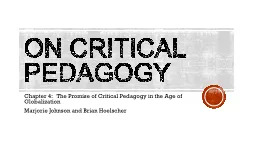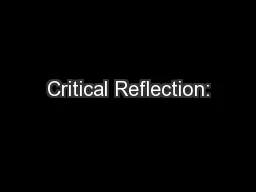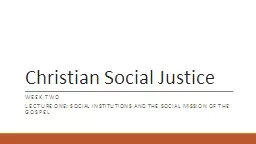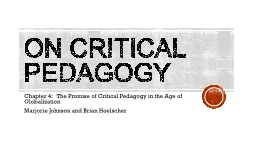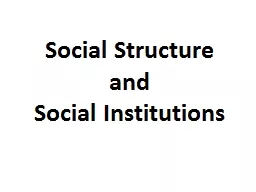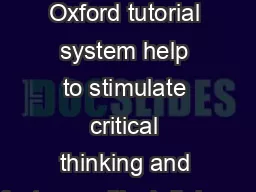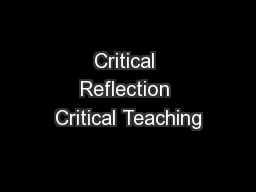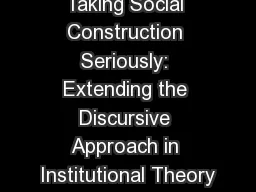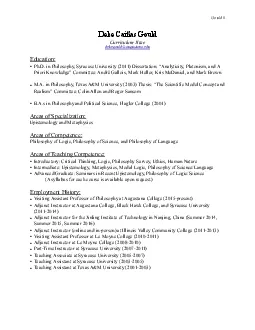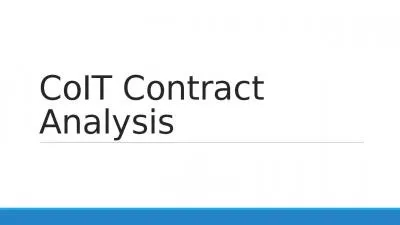PPT-A Critical Analysis of the Social Institutions in
Author : cheryl-pisano | Published Date : 2019-11-09
A Critical Analysis of the Social Institutions in One Flew Over the Cuckoos Nest By Samantha Johnson Author Ken Kesey 19352001 Born in Colorado raised in Oregon
Presentation Embed Code
Download Presentation
Download Presentation The PPT/PDF document "A Critical Analysis of the Social Instit..." is the property of its rightful owner. Permission is granted to download and print the materials on this website for personal, non-commercial use only, and to display it on your personal computer provided you do not modify the materials and that you retain all copyright notices contained in the materials. By downloading content from our website, you accept the terms of this agreement.
A Critical Analysis of the Social Institutions in: Transcript
Download Rules Of Document
"A Critical Analysis of the Social Institutions in"The content belongs to its owner. You may download and print it for personal use, without modification, and keep all copyright notices. By downloading, you agree to these terms.
Related Documents



